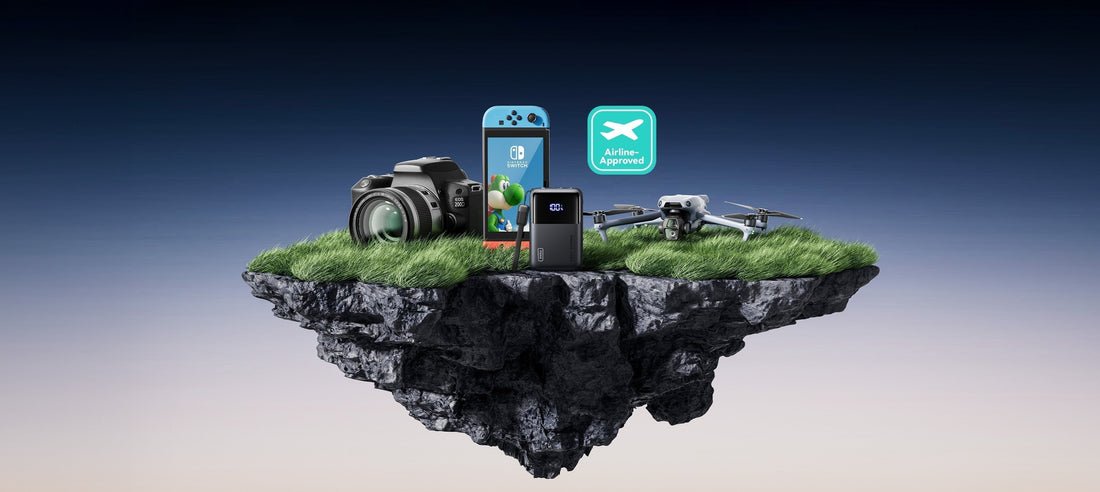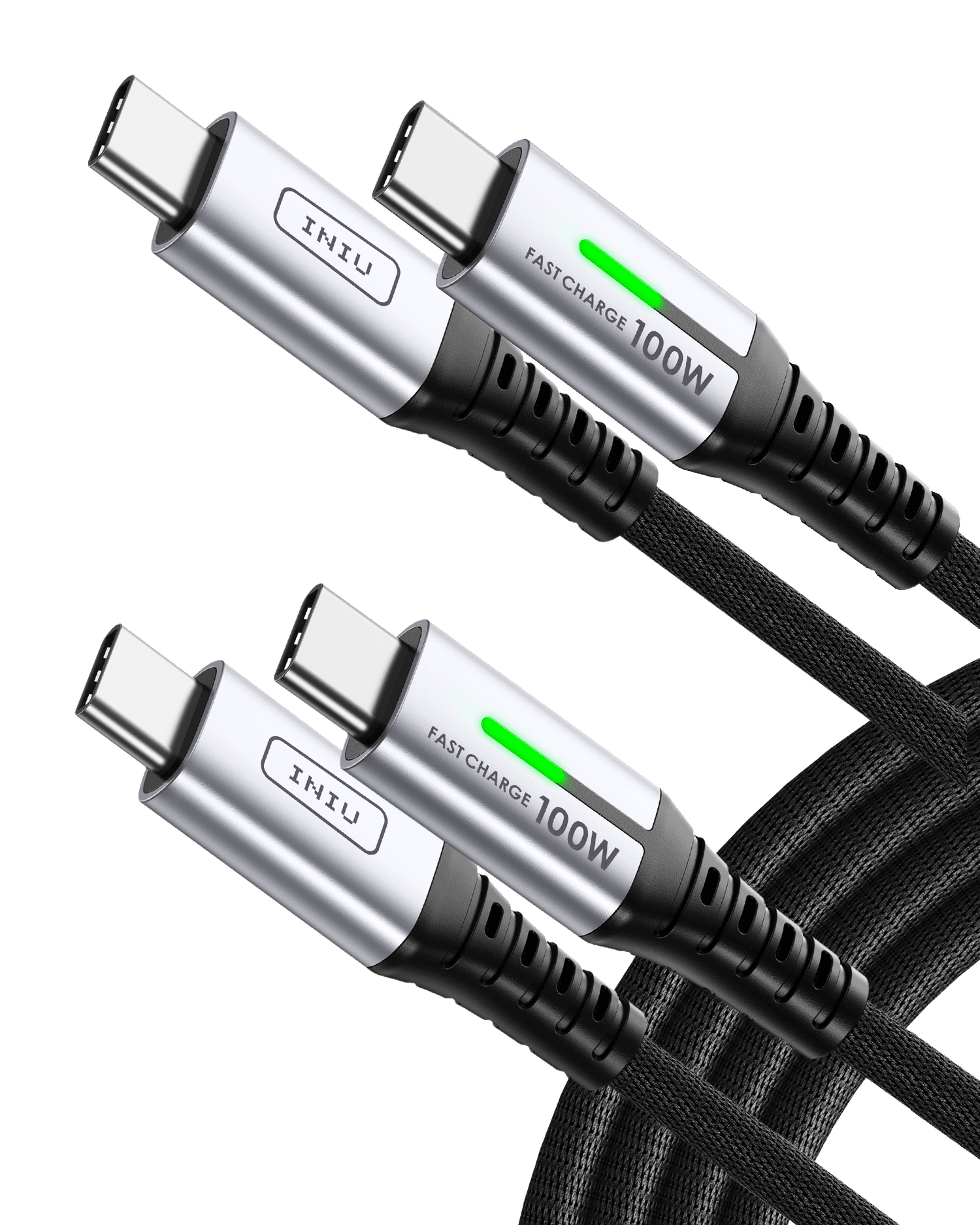
Choosing the Right Portable Power Bank: Smart Tips for Modern Users
We use our devices all day, so they need to stay charged. A portable power bank can charge your phone, tablet, or laptop anywhere. You do not need a wall outlet. If you pick the right one, you can always use your devices for maps, calls, or work. A good power bank gives you power, so you worry less.
Why a Portable Power Bank Matters
A portable power bank is a very useful tool today. It is a good backup when you cannot find a wall outlet.
A power bank keeps your devices charged when you go to work, take long trips, or if the power goes out. A dead phone can be a big problem. It can stop you from using maps, making calls, or finishing your work. A good portable charger fixes these problems. It helps you stay in touch and do your work without looking for an outlet. Having power on the go means your digital life can run without problems.
Understanding Portable Power Banks
If you know the main parts of a power bank, you can pick the right one. You should check its size, how much power it holds, and how fast it charges.
What Makes a Power Bank "Portable"
A power bank is easy to carry if it has the right size and weight, and is simple to use. A good portable charger should fit in a pocket or bag. It should not be too heavy or big.
- Size: A small design is best for carrying it every day. Many small power banks are powerful but not large like older models.
- Weight: A lighter power bank is easier to carry. Many people like a power bank under 200 grams because it is easy to carry. For example, some new 10000mAh models weigh only 160 grams because of better battery technology.
- Easy to Use: A portable charger should be fast, safe, and easy to use. Its job is to give you a quick power boost without any trouble. Then you can get on with your day.
Core Features That Define a Good Power Bank
A power bank is easy to carry, but other things are also important. These things decide how well it works. You should look at its power capacity, charging speed, and safety features.
Capacity (mAh)
Capacity is measured in milliampere-hours (mAh). This tells you how much energy the power bank can store. A bigger number means it holds more power.
- A 5000mAh power bank can usually give about one full charge to a standard smartphone.
- A 10000mAh power bank is a popular choice, as it offers two to three smartphone charges.
- A 20000mAh unit holds enough power for about five phone charges or can charge two devices at the same time.
Charging Speed (Wattage)
Wattage (W) shows how fast a power bank can send power to your devices. More watts mean faster charging. This is very important for bigger devices.
- For most smartphones, a 25W output is fine for fast charging.
- Laptops and tablets need more power. An output of 45W to 100W is best for charging these bigger devices well. For example, a power bank with 45W Power Delivery (PD) can charge a MacBook Air to 42% in only 25 minutes.
Portability & Design
The design is about how the power bank looks and feels. This changes how you use it every day. It is important that it feels good in your hand and fits in your pocket because you will carry it a lot. A matte finish helps stop scratches, and rounded corners are easier to hold. A nice, strong design looks good and lasts a long time.
Safety & Certifications
A good power bank has many safety features. Look for features that stop it from getting too hot or having short circuits. Good products are tested and have certificates like CE, FCC, and UL that show they meet safety rules. A long warranty usually means the company believes the product is safe and will last a long time.
Choosing Based on Lifestyle & Usage
The best power bank for you depends on your daily habits and the devices you use. Someone who travels to work every day has different needs than a frequent traveler or a person with power-hungry equipment.
Daily Commuters
People who commute need a power bank that is light, small, and can give a quick charge on the go. It also needs to be strong enough for daily carrying.
A model with about 10000mAh capacity is often a great choice. It has enough power for a couple of charges but is not too heavy. An output up to 45W is very good because it can charge a phone quickly on a short trip. A small, light design is the most important thing for a commuter.
Frequent Travelers
Travelers need more power for many devices when they are away from outlets for a long time. A large capacity, several ports, and fast charging are all necessary.
A power bank with at least 20000mAh is a good idea. A 25000mAh model can keep a phone, headphones, and a tablet charged on a long flight. Look for models with more than one port, like two USB-C ports, to charge a laptop and a phone at the same time. A high output, like 100W, is needed to power a laptop. Fast input charging is also good, so the power bank itself can be charged up quickly overnight.
[[推荐商品2]]
High-Drain Device Users (Laptops, Cameras, Tablets)
People who use devices that need a lot of power, like laptops, digital cameras, and big tablets, need the strongest power banks. A tough build and very high wattage are needed.
A capacity of 25000mAh or more is good for these big jobs. The most important feature is a high power output, usually 65W or more. Some new models have a dynamic output of 140W, which can power even high-performance laptops. A smart LED screen that shows the wattage and power left is a helpful feature for managing power during important work.
[[推荐商品3]]
3 Buying Tips: Avoid Common Mistakes
Buying a power bank can be hard. People often make mistakes. Then they are not happy with what they bought. If you know about these common problems, you can pick a good product.
Mistake 1: Bigger ≠ Better
Many people think the biggest mAh number is always the best. But a large-capacity power bank, like a 30000mAh one, is often very heavy and big. Its size can make it not very portable. Also, airlines have rules that usually limit carry-on batteries to under 100Wh (about 27000mAh), so a very large one might not be allowed on a plane.
Mistake 2: Ignoring Input Wattage
People often look at how fast a power bank charges their phone but forget to check how fast the power bank itself can be charged. A high-capacity power bank with a slow micro-USB input could take more than 12 hours to fill up. Look for models with a modern USB-C PD input for much faster recharging.
Mistake 3: Choosing Unknown Brands
Very cheap power banks from brands you do not know can be dangerous. These products might use low-quality battery cells that are not certified and can overheat or break. They often do not have the right safety features, which could break your expensive devices. It is better to choose known products with clear safety certificates and good reviews from other users.
Maintenance for Longevity
Good care can help your power bank last much longer. A few easy habits will keep your portable charger working well for years.
The lithium-ion batteries in power banks get weaker over time. To help them last longer, you should charge the power bank every two to three months, even if you are not using it. Try not to let the battery go down to 0% often, because that can damage the battery cells. Check the charging ports sometimes and keep them clean of dust to get a good connection. Many new power banks have smart controls to stop overheating and overcharging. This also helps the battery last longer.
To pick the right portable power bank, you need to match its features to your life. Think about capacity for your charging needs, wattage for speed, and design for how you will carry it. Look for safety certificates and avoid common errors like getting a unit that is too big or has a slow input speed. With good care, a quality power bank will be a tool you can count on.




